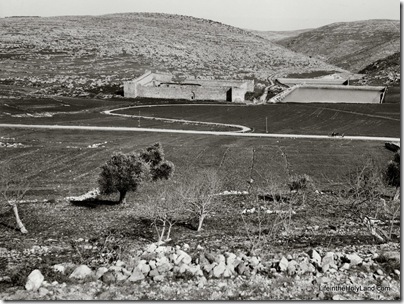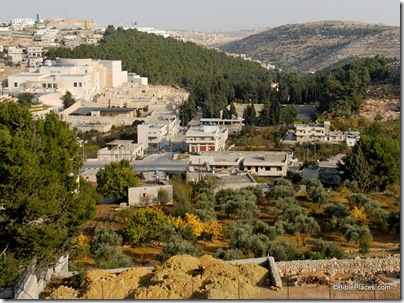Aren Maeir, archaeologist of Gath, was at the Jerusalem conference today at which Haggai Misgav presented his reading of the Qeiyafa ostracon. Maier reports on the meeting and provides an English translation.
You need to go to Maeir’s blog for the data and some of his thoughts, but I offer a brief comment. If you study these things from afar, you may be unimpressed with the fragmentary inscription and the difficulty of making any sense out of it (indeed, one respondent suggested that it’s a sort of lexical list). And if this inscription was one of thousands found, it would likely be yet undeciphered or published like many archive texts today. But this text apparently dates to 1000 BC, which is a period of great discussion these days among archaeologists and biblical scholars. To give one example, scholars debate today the degree of literacy at this period; this ostracon indicates proficiency in Hebrew some distance from the capital city of Jerusalem. Certainly the mention of the words “judge” and “king” at this period are provocative. It will be interesting to see how the discussion goes and if any views are changed because of this potsherd.

